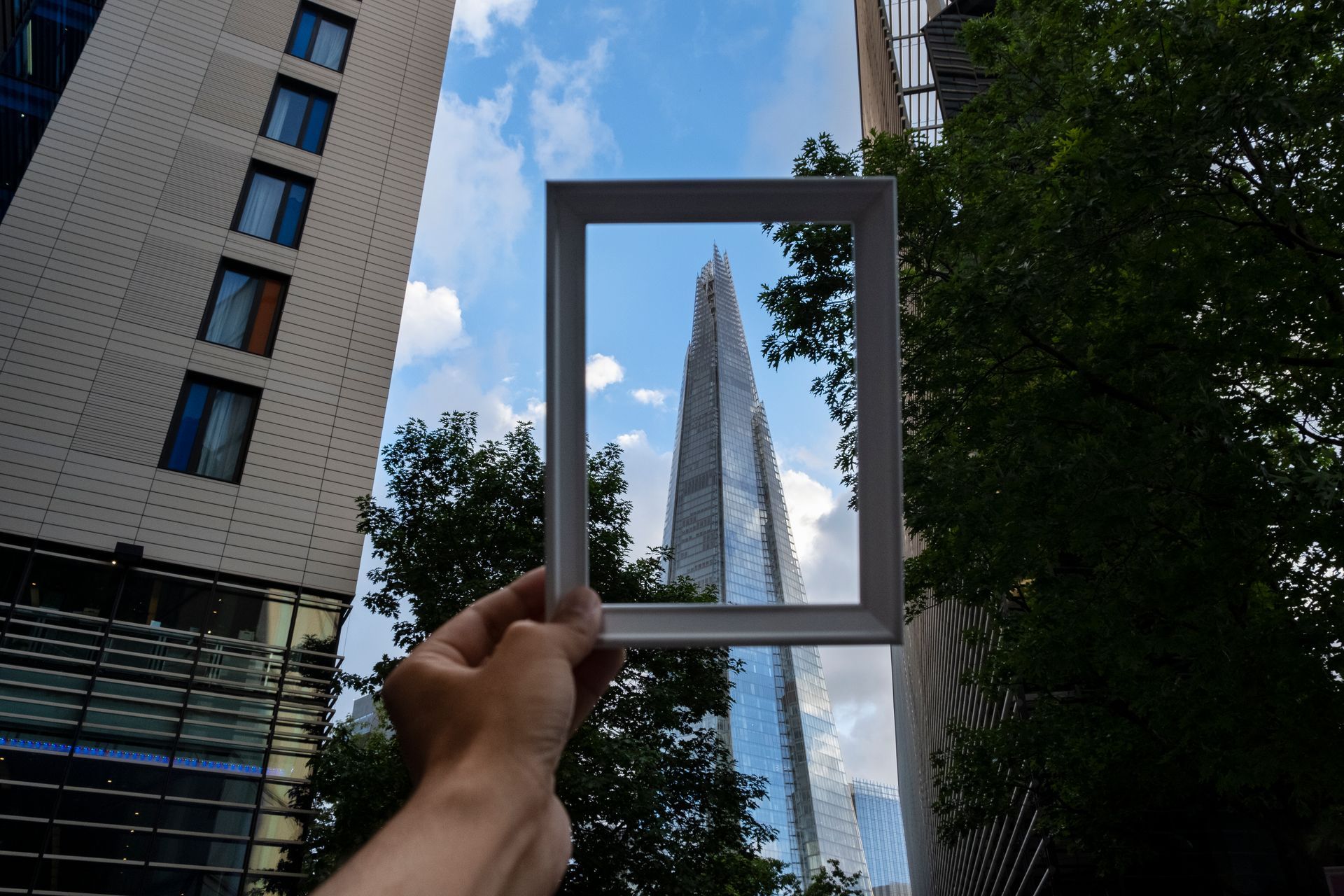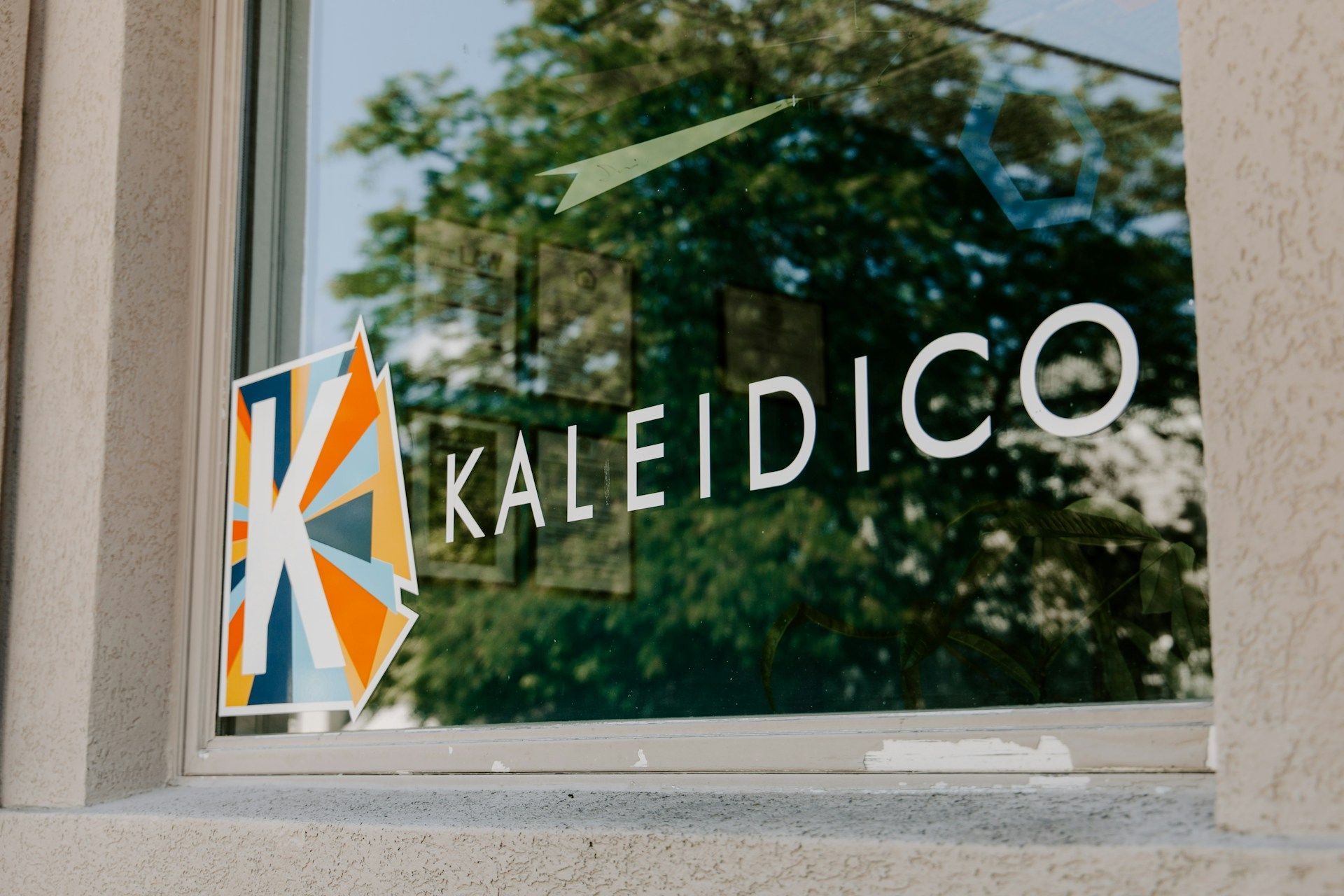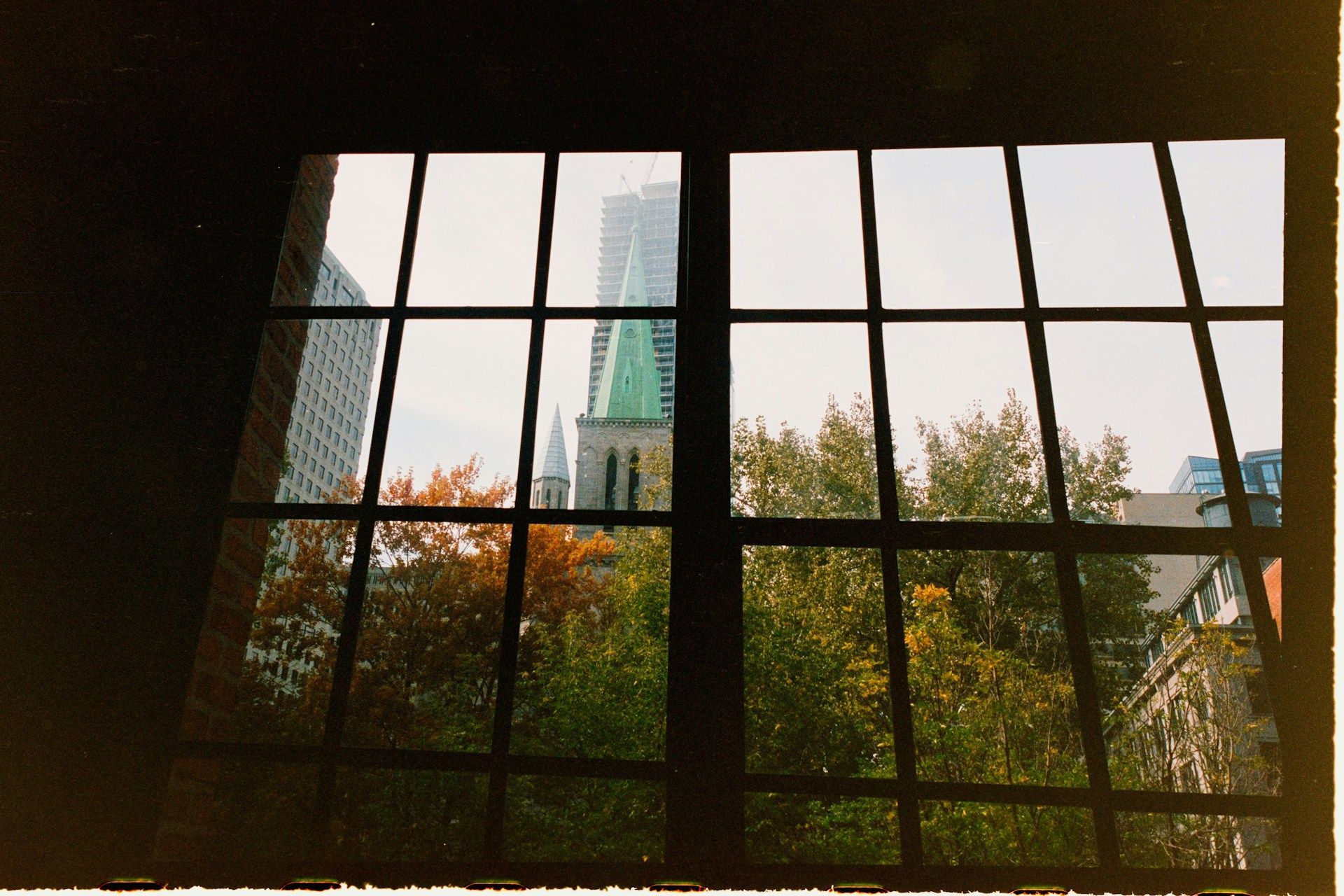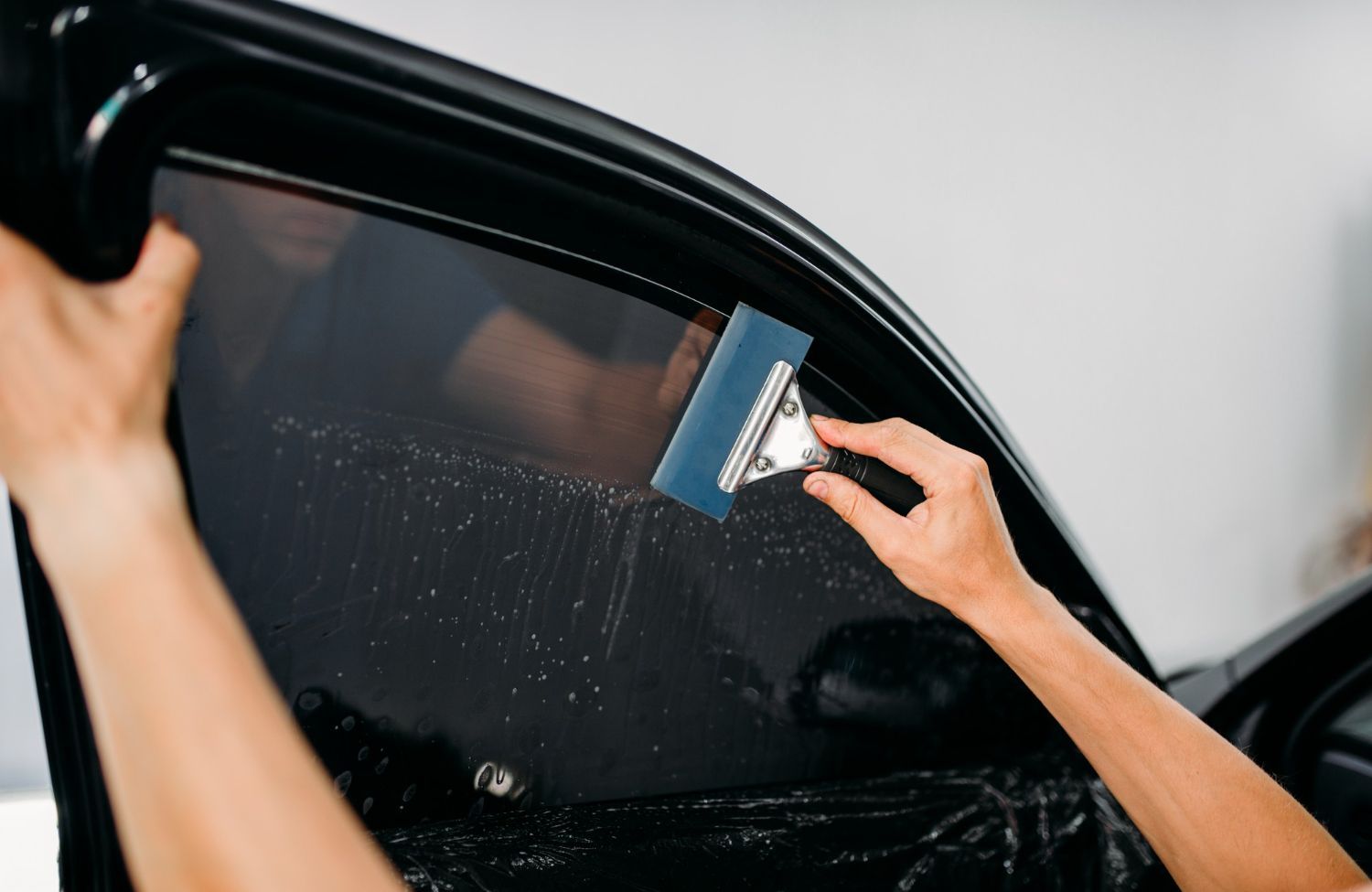Winter can bring high heating bills as you try to keep your home warm and cozy. One effective way to reduce these costs is by investing in residential window tinting. This often-overlooked solution helps insulate your home, keeping the warm air in and the cold air out. Besides saving you money, window tinting also makes your home more comfortable during the chilly months.
Window tinting works by adding a protective layer to your windows. This layer helps to retain heat indoors, making it easier for your heating system to maintain a steady temperature. You might think window tinting is only useful in the summer for blocking the sun’s rays, but it’s equally beneficial in winter for keeping the warmth inside.
Understanding how window tinting can help during winter can lead to significant savings on your heating bills. It’s a simple, cost-effective upgrade that can make a big difference. With that in mind, let’s get into how window tinting works to keep your home warm, its key benefits in winter, the types of films best suited for the task, and some easy steps to install and maintain them for optimal savings.
How Window Tinting Works to Keep Your Home Warm
Window tinting helps to keep your home warm by creating an insulating barrier on your windows. This barrier is formed by applying a thin film to the interior side of the glass. The film contains materials that can block heat loss while allowing sunlight to pass through. When the sun's rays enter your home, they are absorbed and then radiated back into the room, helping to maintain a comfortable indoor temperature.
The film also reduces the amount of infrared heat that's lost through the glass. Infrared heat is the type of heat that naturally escapes from your home during winter. By reducing this heat loss, window tinting helps to keep the warmth inside, reducing the load on your heating system. This improved insulation means your furnace or heater doesn't have to work as hard to keep your home warm, which can lead to lower energy bills.
Additionally, window tinting can minimize drafts around your windows. Drafts are a significant source of heat loss in many homes, and by sealing the window edges better, the tint film helps to create a more airtight seal. This improves the comfort of your home and enhances its energy efficiency by preventing warm air from escaping.
Key Benefits of Residential Window Tinting in Winter
Residential window tinting offers several key benefits that can make a big difference during the winter months. Here are some of the main advantages:
1. Energy Savings: One of the most significant benefits is the potential for energy savings. By reducing heat loss through your windows, tinting helps lower your heating bills. This can be particularly beneficial in older homes with single-pane windows, which are less energy efficient.
2. Improved Comfort: Window tinting helps maintain a consistent indoor temperature, reducing cold spots and drafts near your windows. This creates a more comfortable living environment, making your home a cozy retreat from the cold outside.
3. UV Protection: Even in winter, the sun’s UV rays can cause damage to your furniture, flooring, and fabrics. Window tinting blocks up to 99% of harmful UV rays, protecting your interior from fading and extending the life of your furnishings.
4. Enhanced Privacy: Some window films are designed to provide privacy without sacrificing natural light. This means you can enjoy the warmth and brightness of the sun while keeping prying eyes out.
5. Reduced Glare: Glare from the low winter sun can be annoying and even harmful to your eyes. Window tinting reduces glare, making it easier to watch TV, use your computer, or simply enjoy the natural light without discomfort.
These benefits make residential window tinting a smart investment for any homeowner looking to improve energy efficiency and comfort during the winter months.
Types of Window Tinting Films for Winter Efficiency
Choosing the right type of window tinting film is essential for maximizing efficiency during winter. Here are some types of films that work best for keeping your home warm:
1. Low-E Films: Low-emissivity (Low-E) films are designed to reflect heat back into your home. These films have a metallic layer that reduces heat loss through the windows. Low-E films are particularly effective in colder climates where heat retention is crucial.
2. Insulating Films: These films improve the insulating properties of your windows by adding an extra layer of protection. Insulating films can keep the warm air inside and the cold air out, which helps maintain a stable indoor temperature.
3. Ceramic Films: Ceramic films use nanotechnology to provide excellent thermal insulation without affecting the clarity of your windows. These films are durable and offer UV protection as well.
4. Hybrid Films: Hybrid films combine different technologies to offer multiple benefits. They can reduce heat loss, cut down on glare, and provide UV protection, making them a great all-around choice for residential use.
Consulting with a professional can help you choose the right type of film for your specific needs and climate. The right film will make a significant difference in both comfort and energy savings during the winter months.
Simple Steps to Install and Maintain Window Tinting for Optimal Heating Savings
Installing and maintaining window tinting in your home is straightforward. Here are some easy steps to ensure you get the most out of your window film:
1. Clean the Windows: Before applying the film, make sure your windows are clean and free of any dust or debris. Use a soft cloth and a mild cleaning solution to avoid scratching the glass.
2. Apply the Film: Measure your windows and cut the film to size. Peel off the backing and apply the film to the window, starting from the top and working your way down. Use a squeegee to remove any air bubbles and ensure a smooth finish.
3. Trim the Edges: After the film is in place, use a utility knife to trim any excess material from the edges of the window.
4. Regular Cleaning: Once the film is installed, clean it regularly to maintain its effectiveness. Use a soft cloth and avoid harsh chemicals that could damage the film.
5. Inspect and Repair: Periodically check the film for any signs of wear or damage. If you notice any issues, address them promptly to ensure the film continues to provide optimal insulation.
By following these simple steps, you can ensure your window tinting provides maximum heating savings and comfort during the winter months.
Stay Warm, Save Money: How Residential Window Tinting Keeps Your Home Cozy and Efficient
Residential window tinting is an effective way to save on heating costs and keep your home warm during winter. With the right type of film and proper installation, you can enjoy numerous benefits, including improved energy efficiency, enhanced comfort, and UV protection. Regular maintenance ensures your window film continues to perform well, providing long-lasting advantages.
If you're ready to experience the benefits of
residential window tinting in New York City, contact Window Tinting Brooklyn. Our team can help you choose the best film for your needs and take care of the installation process. Stay warm this winter and enjoy lower heating bills with our expert services!
Ready to work with Window Tinting Brooklyn?
Let's connect! We’re here to help.
Send us a message and we’ll be in touch.
Or give us a call today at (347) 377-2717









